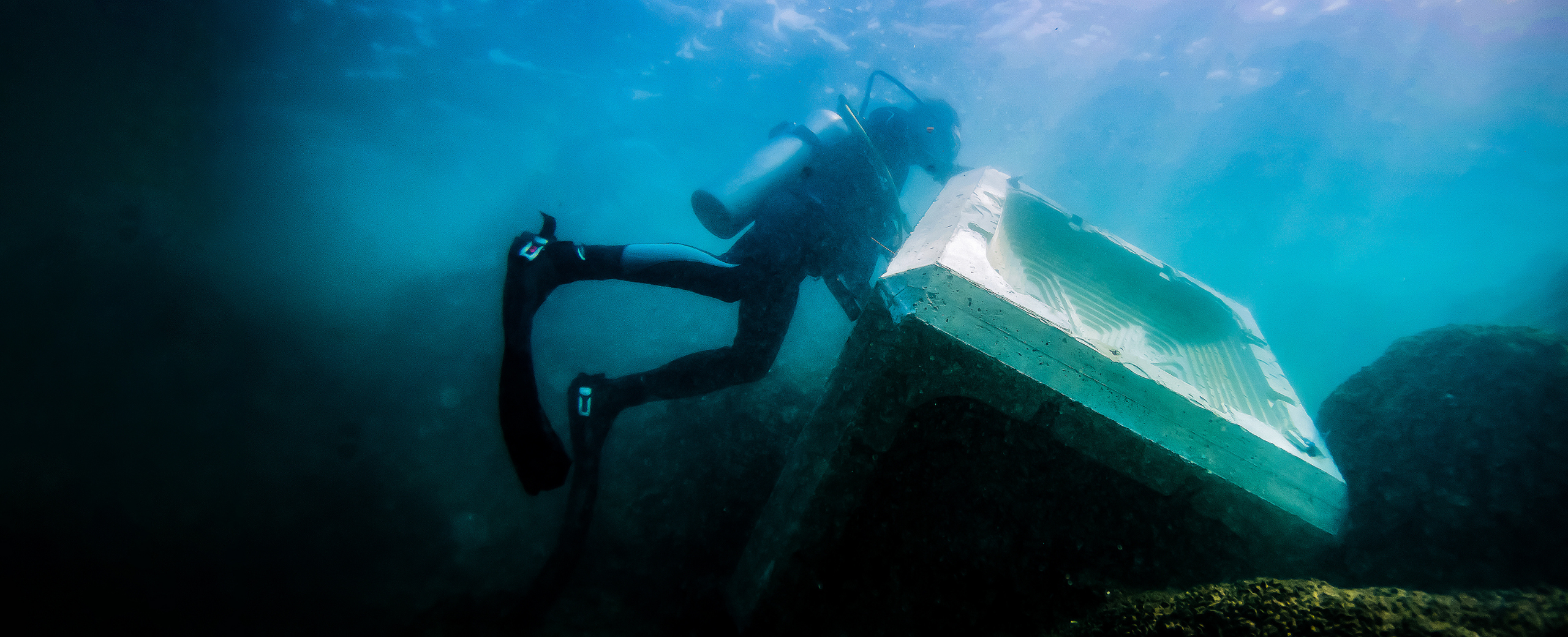ECOncrete Tech Ltd. and LafargeHolcim in the US, the country’s largest cement manufacturer, have joined forces to design and produce an ecologically beneficial concrete scour protection unit for offshore wind turbine foundations.
The Biden Administration set the goal of creating 30 GW of offshore wind by 2030 while protecting biodiversity and promoting ocean co-use, an effort which, to achieve sustainably, should use best available technologies to ensure the health of our marine environment and species. The scour protection developed by this partnership would be the first, and currently, only structural solution to address the ecological impacts of offshore wind turbines on the marine environment, enabling a more sustainable industry and healthier oceans.
Rethinking Scour Protection
Offshore wind turbines require massive concrete foundations to anchor them in place. Hydrodynamic forces can create large holes around foundations, necessitating scour protections. Scour protections are units designed to protect sediments from being swept away by currents, and are often installed in a mound to protect the turbines’ foundations. This kind of concrete infrastructure has a large impact on sensitive benthic, or seabed, ecosystems.
The goal is to design and manufacture a fully-structural concrete scour protection unit that facilitates the growth of marine organisms, while meeting all industry standards for stabilizing the seabed. The R&D collaboration includes a large-scale pilot project to evaluate the ecological performance of the innovative units in an offshore environment before implementation in full-scale installations.
Minimizing ecological impact of offshore wind-farms
“Offshore energy production is a rapidly growing market worldwide, and while there are certainly benefits of using renewable energy, there is also an impact of these giant structures on the sensitive underwater ecosystems,” said Dr. Ido Sella, CEO and Co-Founder at ECOncrete Tech. “We view our collaboration with LafargeHolcim in the US as key to minimizing this impact.”
“For LafargeHolcim in the US, we recognize that there are many paths to achieving our net zero commitment, and most require innovative partnerships and out-of-the-box thinking,” said Josep Maset, VP, Commercial Excellence at LafargeHolcim in the US. “The work we’re doing with ECOncrete Tech is a notable example of searching for solutions that enable increased use of renewable energy in an environmentally responsible way.”
This three-year joint R&D project began in May 2021 and is funded by a grant from the Binational Industrial Research and Development (BIRD) Energy programme.


